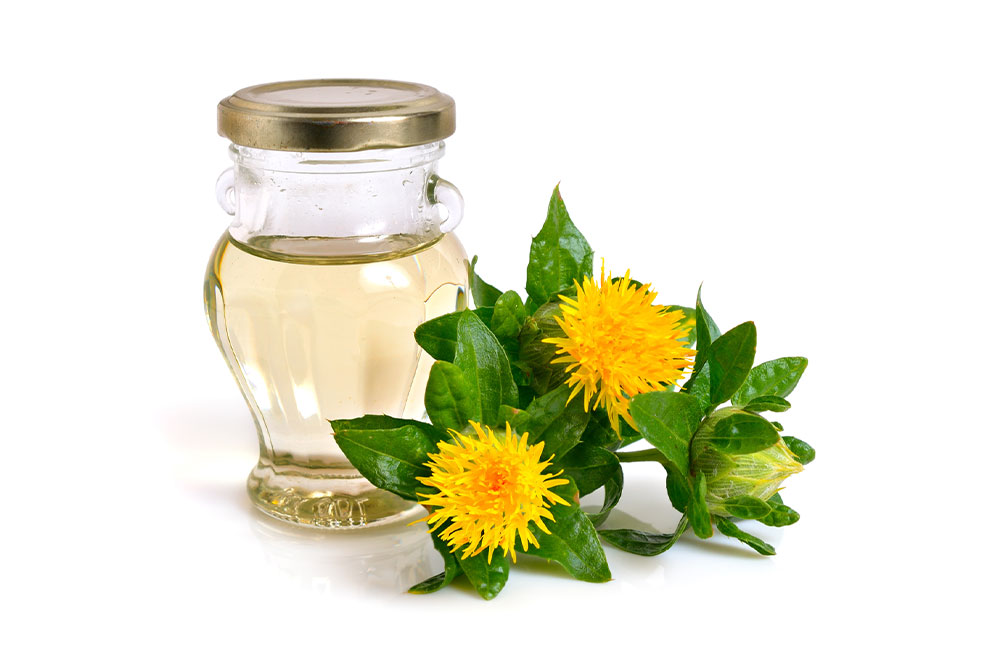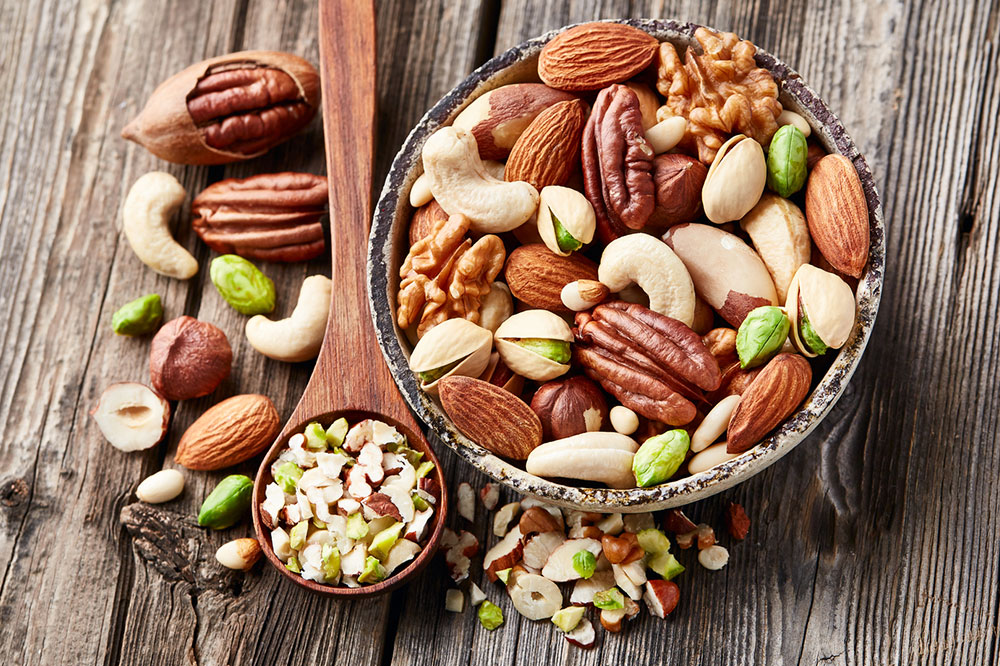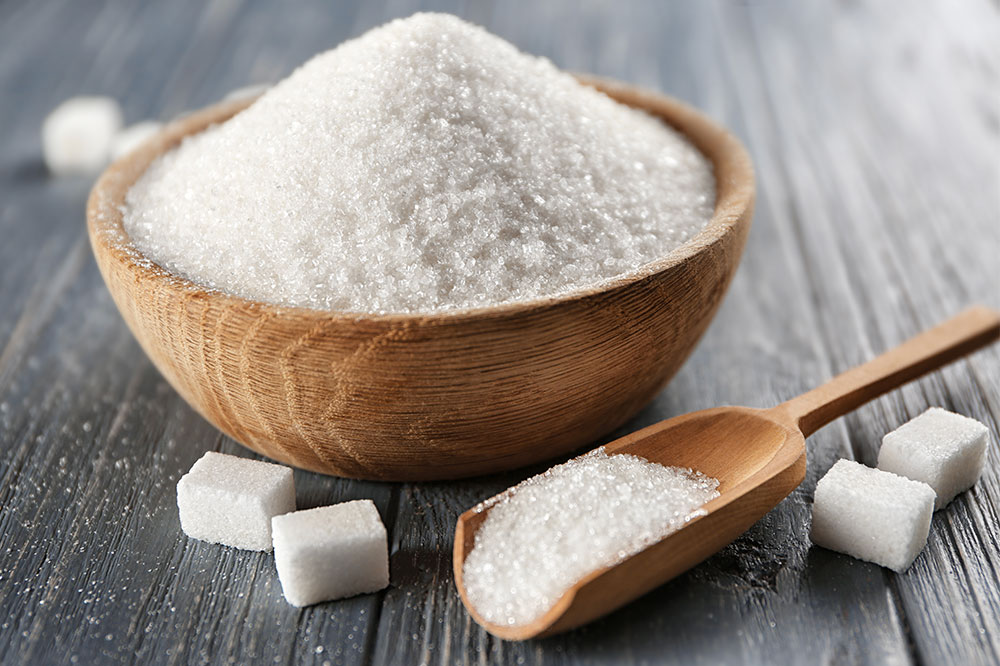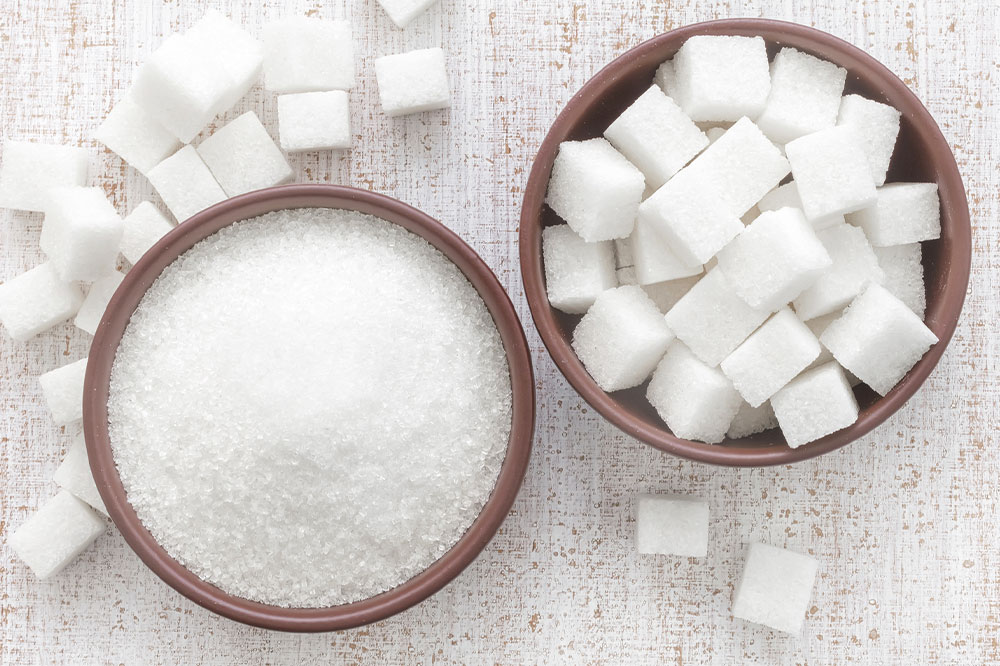Foods and habits that can worsen arthritis
Arthritis is an inflammatory condition that causes painful and swollen joints. It is also categorized by the presence of signs like soreness and stiffness of the joints. Feet, hands, wrists, and knees are some of the most commonly affected areas of the body. Treatment options often aim to reduce the inflammation and pain caused by the condition. It has been found that natural remedies, and healthy eating habits, show greater results. Treatment options: TREMFYA® Tremfya® belongs to the class of compounds known as monoclonal antibodies. Its mode of action is based on blocking a compound called interleukin-23. The body naturally produces interleukin-23 and is blocked by guselkumab present in TREMFYA®. It is essential in the prevention of frequent inflammation and the reduction of swelling. These are two of the most common symptoms seen in arthritis patients. It is administered as an injection, preferably by a trained professional. Some common side effects of TREMFYA® include gastroenteritis, skin infections, headaches, and more. ACTEMRA® Actemra® is a rheumatoid arthritis treatment option that contains tocilizumab as its primary ingredient. It is generally prescribed to patients with moderate to severe arthritic symptoms. Actemra® works by blocking the IL-6 compounds responsible for the body’s inflammatory response to triggers.
Read More 









